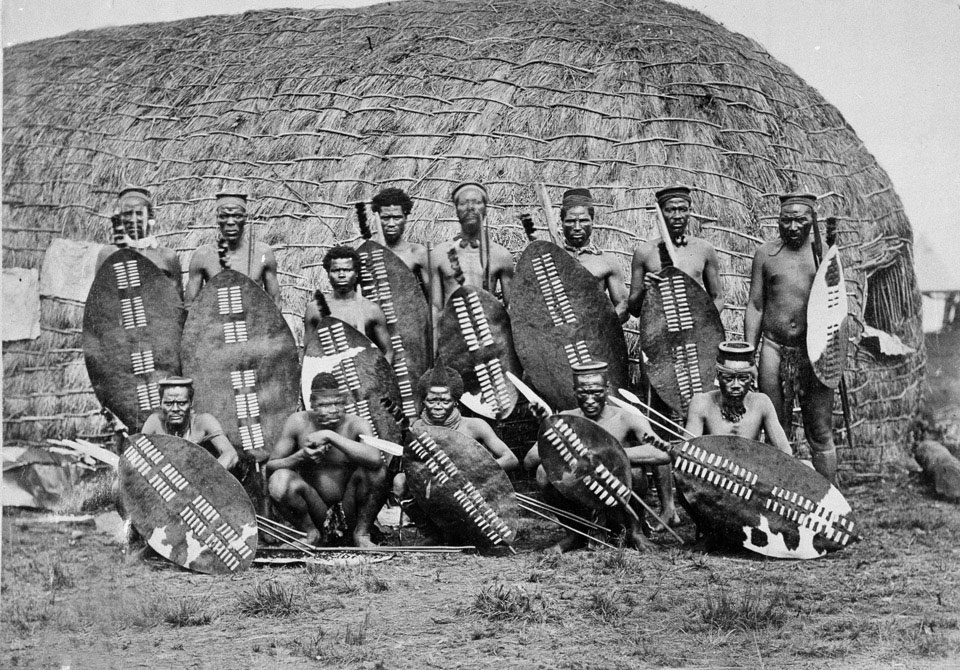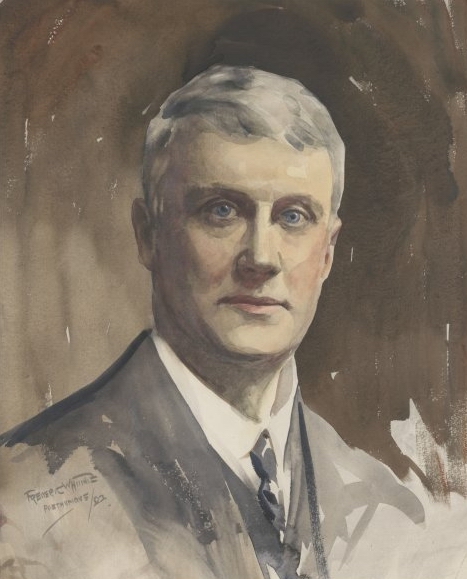|
Charles Norris-Newman
Charles Louis Marie William Norris-Newman (22 August 1852 – May 1920) was a British journalist, adventurer and intelligence officer with the Russian Navy. He was present at the 1870–1871 Siege of Paris (1870–1871), Siege of Paris and was in Spain during the Third Carlist War (from 1872) and in Egypt with General Charles George Gordon. Norris-Newman was in Southern Africa from 1877 and was the only newspaper correspondent with the British forces during the invasion of Zulu Kingdom, Zululand in 1879, reporting for ''Evening Standard, The Standard''. He was present at the Action at Sihayo's Kraal, narrowly avoided the massacre of the British at the Battle of Isandlwana and was among the first group to ride into Rorke's Drift after the battle. Norris-Newman took up arms in the Battle of Gingindlovu, was the first to ride into the besieged settlement of Eshowe and was present at the final action, the Battle of Ulundi. He remained in the area after the war and covere ... [...More Info...] [...Related Items...] OR: [Wikipedia] [Google] [Baidu] |
Elvington Hall
Elvington is a village and civil parish approximately south-east of York, England, on the B1228 York-Howden road. According to the 2001 census the parish had a population of 1,212, it increased to 1,239 at the 2011 Census. The River Derwent forms part of the parish boundary and the historic Sutton Bridge connects Elvington with Sutton upon Derwent. The village has three separate large industrial estates including a site for Yara International, a Norwegian chemical company. Elvington was in the East Riding of Yorkshire until local government boundary changes in 1974, when it became part of the Selby District in North Yorkshire. In 1996 it became part of the City of York unitary authority. History The village is mentioned in the ''Domesday Book'', which states that in 1086 Ulfketill had six carucates of land taxable, where three ploughs were possible. There is a mention of the church, which is Norman in origin and exists in part today. Richard Neville, 16th Earl of Warwick ... [...More Info...] [...Related Items...] OR: [Wikipedia] [Google] [Baidu] |
Cape Colony
The Cape Colony ( nl, Kaapkolonie), also known as the Cape of Good Hope, was a British Empire, British colony in present-day South Africa named after the Cape of Good Hope, which existed from 1795 to 1802, and again from 1806 to 1910, when it united with three other colonies to form the Union of South Africa. The British colony was preceded by an earlier corporate colony that became an Dutch Cape Colony, original Dutch colony of the same name, which was established in 1652 by the Dutch East India Company, Dutch East India Company (VOC). The Cape was under VOC rule from 1652 to 1795 and under rule of the Napoleonic Batavian Republic, Batavia Republic from 1803 to 1806. The VOC lost the colony to Kingdom of Great Britain, Great Britain following the 1795 Invasion of the Cape Colony, Battle of Muizenberg, but it was acceded to the Batavian Republic, Batavia Republic following the 1802 Treaty of Amiens. It was re-occupied by the British following the Battle of Blaauwberg in 1806 ... [...More Info...] [...Related Items...] OR: [Wikipedia] [Google] [Baidu] |
Infante Carlos, Duke Of Madrid
''Don'' Carlos de Borbón y Austria-Este (Spanish: ''Carlos María de los Dolores Juan Isidro José Francisco Quirico Antonio Miguel Gabriel Rafael''; French: ''Charles Marie des Douleurs Jean Isidore Joseph François Cyr Antoine Michel Gabriel Raphaël''; 30 March 1848 – 18 July 1909) was the Carlist claimant to the throne of Spain from 1868 (his father's Spanish renunciation), and the Legitimist claimant to the throne of France after the death of his father in 1887. Life Carlos was born in Ljubljana, the capital of Carniola in what is now Slovenia, the elder son of Infante Juan, Count of Montizón and of his wife Maria Beatrix of Austria-Este. His name in full was ''Carlos María de los Dolores Juan Isidro José Francisco Quirico Antonio Miguel Gabriel Rafael''. As an infant he lived with his family briefly in London where his younger brother Alfonso was born. After their father, considered too liberal for Carlist tastes, left their mother, the boys lived with her in Modena. H ... [...More Info...] [...Related Items...] OR: [Wikipedia] [Google] [Baidu] |
Louis-Jules Trochu
Louis-Jules Trochu (; 12 March 18157 October 1896) was a French military leader and politician. He served as President of the Government of National Defense—France's ''de facto'' head of state—from 4 September 1870 until his resignation on 22 January 1871 (although he retained the role symbolically until the legislative elections of February 1871). Military career Trochu was born at Le Palais on the island of Belle-Île-en-Mer, off the coast of Brittany. Educated at St. Cyr, he received a commission in the Staff Corps in 1837, and was promoted to lieutenant in 1840, and captain in 1843. He served as a captain in Algeria under Marshal Bugeaud, who, in recognition of his gallantry in the battles of Sidi Yussuf and Isly, made him his '' aide-de-camp'' and entrusted him with important commissions. He was promoted to major in 1845, and to colonel in 1853. He served with distinction throughout the Crimean campaign, first as ''aide-de-camp'' to Marshal St. Arnaud, and then as ... [...More Info...] [...Related Items...] OR: [Wikipedia] [Google] [Baidu] |
Ian Knight (historian)
Ian Knight (born 1956) is a British historian and writer, specialising in Anglo-Zulu and Boers wars. Biography Ian Knight was born in Shoreham-by-Sea, Sussex, UK. He first studied afro-caribbean history at the University of Kent in the United Kingdom, then he majored in the military history of southern Africa and the history of the Zulu nation and the Anglo-Zulu war of 1879 in particular. He published many books on the subject (nearly thirty) and took part in the first archaeological excavations of the battlefield of Isandhlwana in 2000. His best known book is the in-depth study of the Isandlwana and Rorke's Drift campaigns, Zulu Rising. He has occasionally written about other British colonial campaigns, including the New Zealand and Sudan wars. He has advised on museum exhibitions in both the UK and South Africa, and has consulted for British and American television channels, including the BBC, in the production of documentaries. He has catalogued sales of Zulu artefacts for ... [...More Info...] [...Related Items...] OR: [Wikipedia] [Google] [Baidu] |
Russo-Japanese War
The Russo-Japanese War ( ja, 日露戦争, Nichiro sensō, Japanese-Russian War; russian: Ру́сско-япóнская войнá, Rússko-yapónskaya voyná) was fought between the Empire of Japan and the Russian Empire during 1904 and 1905 over rival imperial ambitions in Manchuria and the Korean Empire. The major theatres of military operations were located in Liaodong Peninsula and Mukden in Southern Manchuria, and the Yellow Sea and the Sea of Japan. Russia sought a warm-water port on the Pacific Ocean both for its navy and for maritime trade. Vladivostok remained ice-free and operational only during the summer; Port Arthur, a naval base in Liaodong Province leased to Russia by the Qing dynasty of China from 1897, was operational year round. Russia had pursued an expansionist policy east of the Urals, in Siberia and the Far East, since the reign of Ivan the Terrible in the 16th century. Since the end of the First Sino-Japanese War in 1895, Japan had feared Russian en ... [...More Info...] [...Related Items...] OR: [Wikipedia] [Google] [Baidu] |
Republic Of China (1912–1949)
The Republic of China (ROC), between 1912 and 1949, was a sovereign state recognised as the official designation of China when it was based on Mainland China, prior to the Retreat of the government of the Republic of China to Taiwan, relocation of Government of the Republic of China, its central government to Taiwan as a result of the Chinese Civil War. At a Population history of China, population of 541 million in 1949, it was the List of countries and dependencies by population, world's most populous country. Covering , it consisted of 35 provinces of China, provinces, 1 Special administrative regions of China#ROC special administrative regions, special administrative region, 2 regions, 12 special municipality (Republic of China), special municipalities, 14 leagues, and 4 special banners. The China, People's Republic of China (PRC), which rules mainland China today, considers ROC as a country that ceased to exist since 1949; thus, the history of ROC before 1949 is often ... [...More Info...] [...Related Items...] OR: [Wikipedia] [Google] [Baidu] |
George Ernest Morrison
George Ernest Morrison (4 February 1862 – 30 May 1920) was an Australian journalist, political adviser to and representative of the government of the Republic of China during the First World War and owner of the then largest Asiatic library ever assembled. Early life Morrison was born in Geelong, Victoria, Australia. His father George Morrison who emigrated from Edinkillie, Elgin, Scotland, to Australia in 1858, was headmaster of The Geelong College where Morrison was educated. George, senior, married Rebecca Greenwood, of Yorkshire, in 1859 and Morrison was the second child of the marriage. Three of Morrison's seven uncles were rectors of the Presbyterian Church and two of the four others principal (Alexander) and master (Robert) of Scotch College, Melbourne, where George, senior, also taught mathematics for six months. Another Uncle, Donald Morrison was the Rector of The Glasgow Academy between 1861 until 1899. He won Geelong College's Scripture History gold medal in 1876 ... [...More Info...] [...Related Items...] OR: [Wikipedia] [Google] [Baidu] |
Imperial Russian Navy
The Imperial Russian Navy () operated as the navy of the Russian Tsardom and later the Russian Empire from 1696 to 1917. Formally established in 1696, it lasted until dissolved in the wake of the February Revolution of 1917. It developed from a smaller force that had existed prior to Tsar Peter the Great's founding of the modern Russian navy during the Second Azov campaign in 1696. It expanded in the second half of the 18th century and reached its peak strength by the early part of the 19th century, behind only the British and French fleets in terms of size. The Imperial Navy drew its officers from the aristocracy of the Empire, who belonged to the state Russian Orthodox Church. Young aristocrats began to be trained for leadership at a national naval school. From 1818 on, only officers of the Imperial Russian Navy were appointed to the position of Chief Manager of the Russian-American Company, based in Russian America (present-day Alaska) for colonization and fur-trade developme ... [...More Info...] [...Related Items...] OR: [Wikipedia] [Google] [Baidu] |
Second Matabele War
The Second Matabele War, also known as the Matabeleland Rebellion or part of what is now known in Zimbabwe as the First ''Chimurenga'', was fought between 1896 and 1897 in the region later known as Southern Rhodesia, now modern-day Zimbabwe. It pitted the British South Africa Company against the Matabele people, which led to conflict with the Shona people in the rest of Southern Rhodesia. In March 1896, the Matabele revolted against the authority of the British South Africa Company. The ''Mlimo'' (or ''M'limo'', or ''Umlimo'') the Matabele spiritual leader, was credited with fomenting much of the anger that led to this confrontation. He convinced the Matabele and the Shona that the settlers (almost 4,000-strong by then) were responsible for the drought, locust plagues and the cattle disease rinderpest ravaging the country at the time. The Mlimo's call to battle was well-timed. Only a few months earlier, the British South Africa Company's Administrator General for Matabelelan ... [...More Info...] [...Related Items...] OR: [Wikipedia] [Google] [Baidu] |





